After a recent incident in which two Windsor policemen stopped black army officer Caron Nazario, pepper sprayed him, and forced him out of his car and onto the ground, the driving-while-black phenomenon is back in the news. Most people would agree that the behavior of the senior officer, Joe Gutierrez, was highly unprofessional, indeed egregious, but no tangible evidence has surfaced to suggest that the behavior was racially motivated. That hasn’t stopped the media from treating it as a racial incident and accusing the Windsor police department from profiling and halting black drivers.
I will have more to say about the Windsor traffic stop in a later post. For now, I want to make a prefatory point: It’s a lot harder to determine the race of a motorist while driving than one would think. Indeed, it is usually impossible.
I spend a lot of time walking around my neighborhood. People are friendly. When they drive by in a car, they often wave. Even though they are driving slowly — the speed limit on our streets is only 14 miles per hour — I can almost never identify the person inside the car. I wave back, but I almost never know whom I’ve waving to. That got me to thinking…
Next time you drive around town or zip down the Interstate, observe the cars around you. Most of the time, drivers appear as silhouettes. Often, due to the reflection of light off of windows and windshields, you can’t even see the silhouette. Typically, when the car is whizzing past you in an oncoming lane, it is impossible to distinguish anything about the driver. In my experience there are only two situations in which drivers are identifiable — if you pass them while traveling in the same direction, or if they are driving with their windows down. Even then, there are no guarantees.
To test my perceptions, I stood on the sidewalk outside our neighborhood and photographed the cars driving past on Patterson Ave in Henrico County. The speed limit there is 45 miles per hour, faster than some streets and roads, slower than others. It was daylight, and the conditions were sunny, though slightly diminished by a thin cloud layer. Pretty average daytime driving conditions.
My vantage point was comparable to that of a traffic policeman sitting on the shoulder of the road with a radar. In the photos below, you will see what a hypothetical traffic cop might see when glancing up from his radar gun before pulling into the traffic lane to give you a ticket.
Take a look at the photo at the top of this post. You’ll see a black SUV driving past around 40 to 45 miles per hour. You cannot see the driver. Take a look at the close-up shot below it, which magnifies the view. You still cannot see the driver. Here is a super close-up:
It looks like there is a person in the passenger seat. Maybe it’s a male. Maybe he’s wearing a white shirt. But you cannot identify anything else about the person. You can see nothing of the driver whatsoever. Remember, if the identity of the driver and passenger are obscure to someone studying a close-up photograph, it is even more likely to be obscure to a policeman as the car flashes by.
Is this example typical or atypical? Here are the other photos I took of cars driving in the same direction. Decide for yourself.
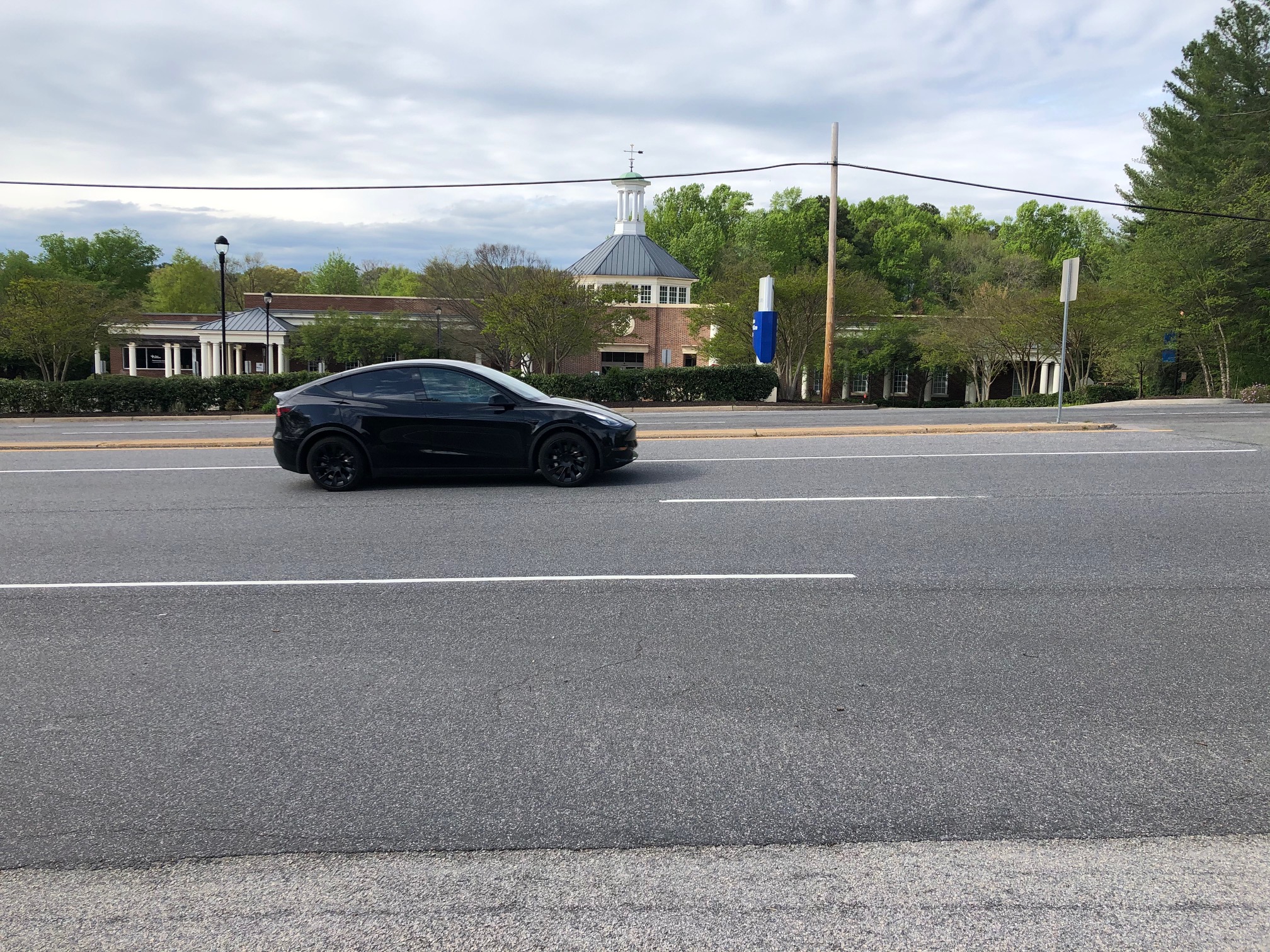


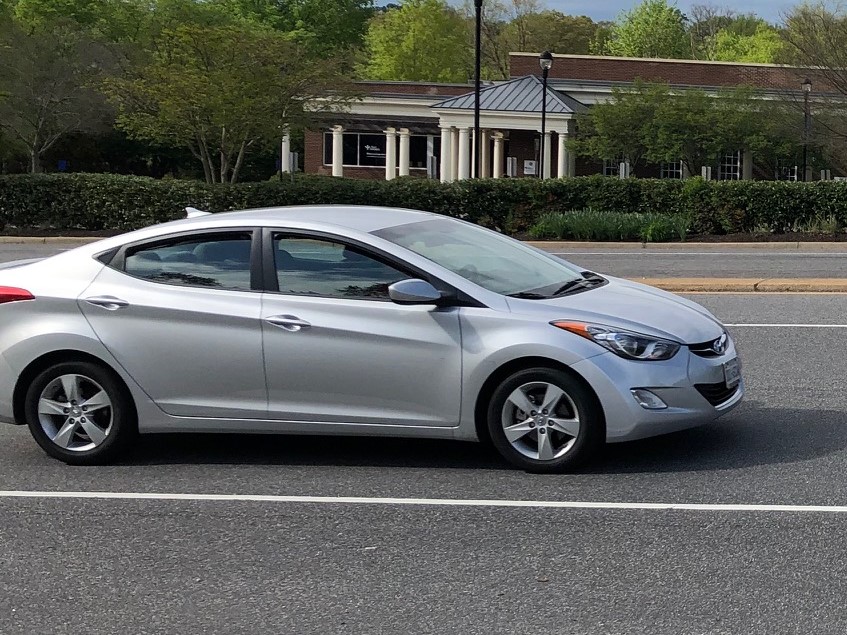

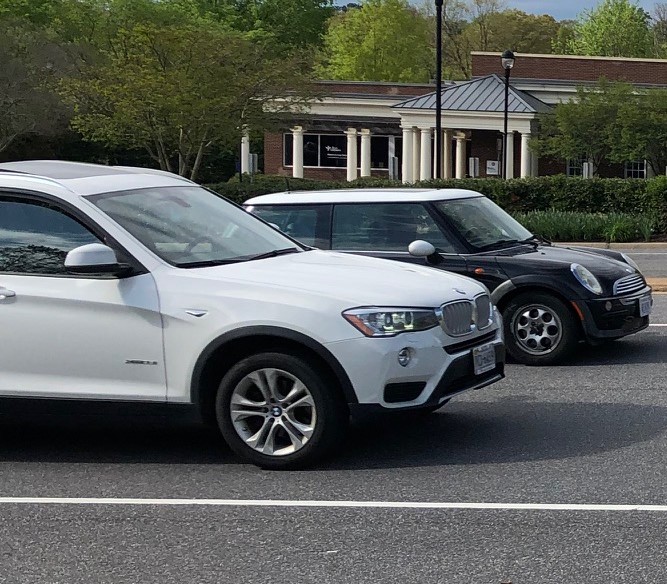

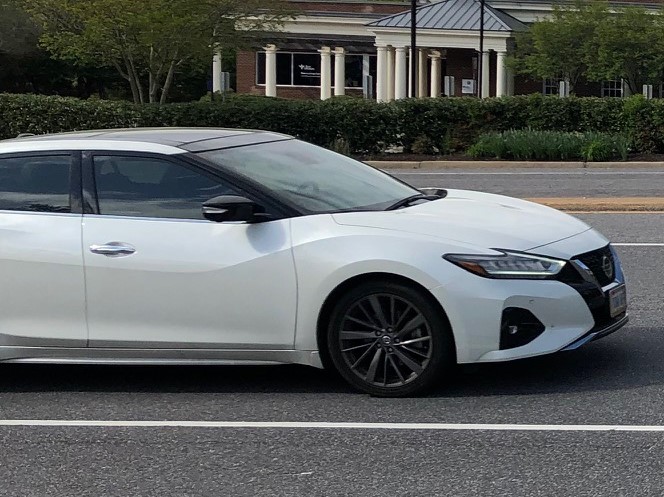

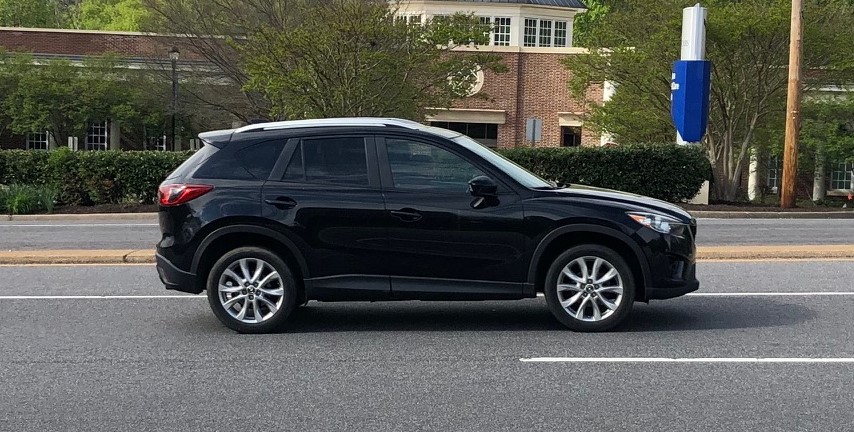

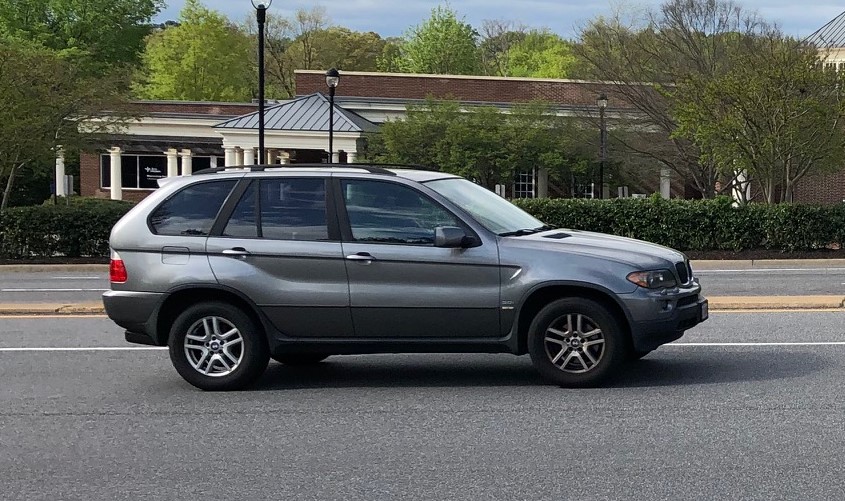

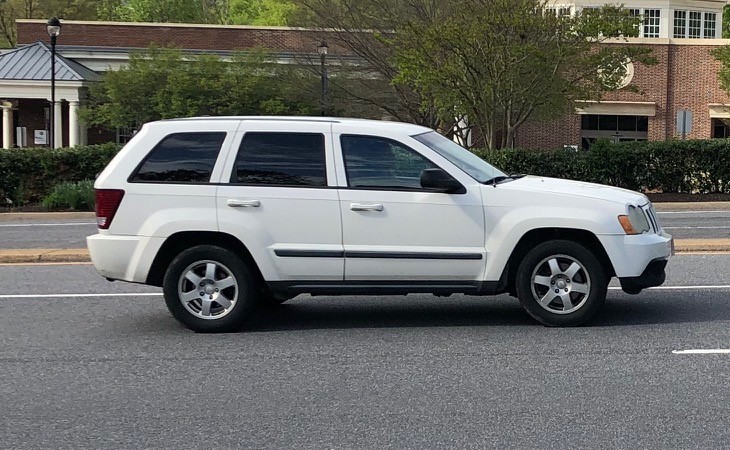

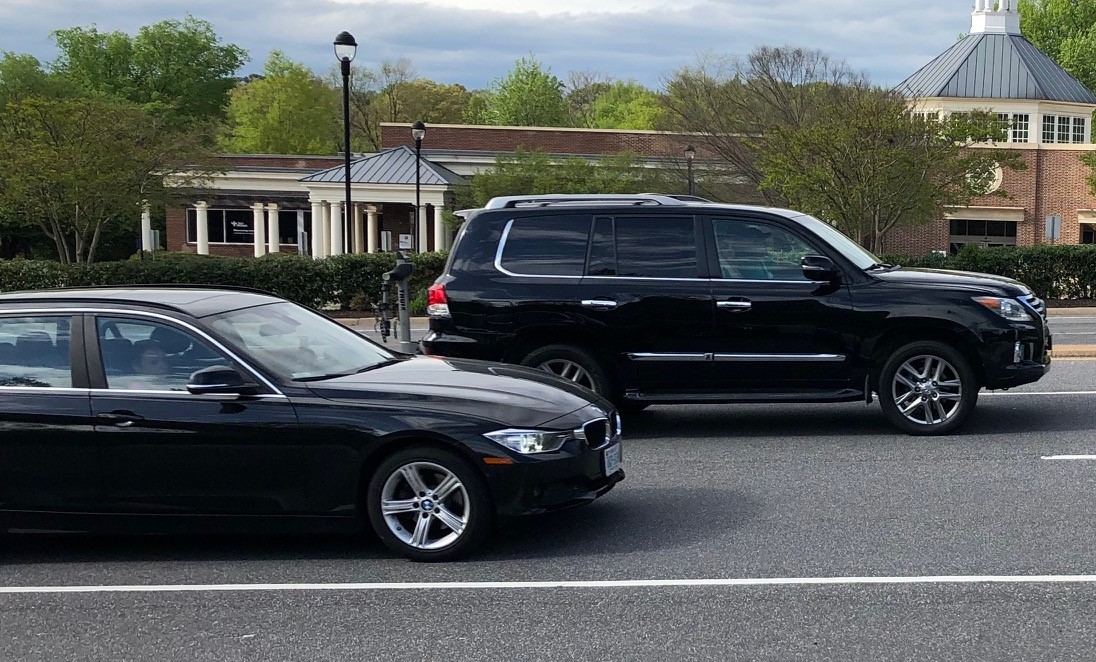

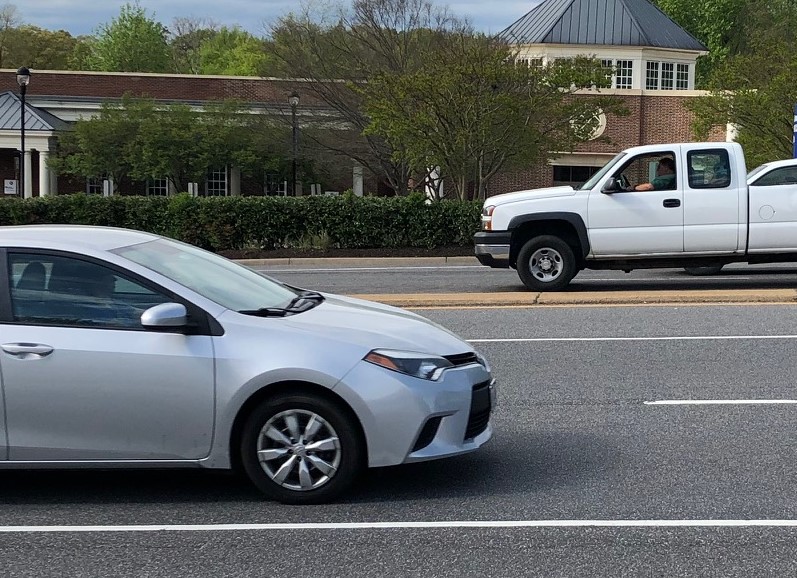

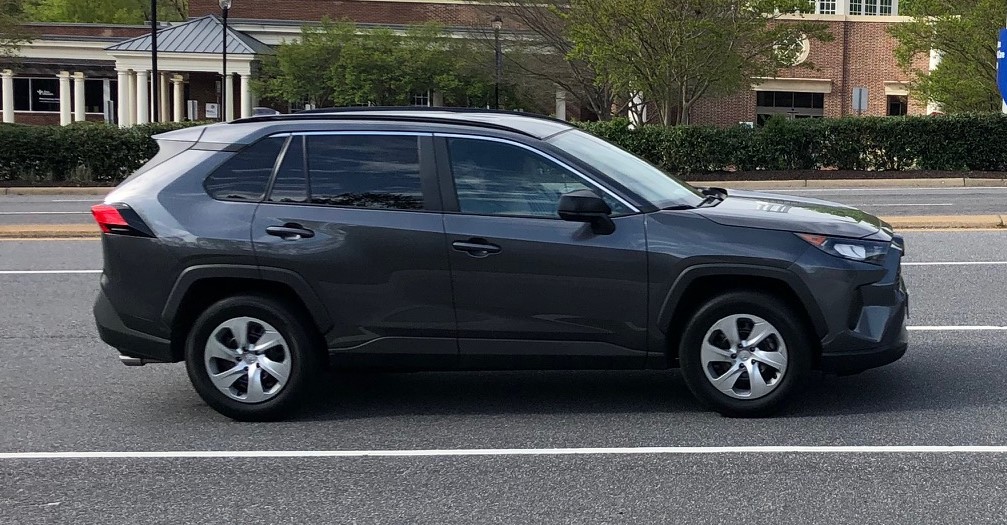

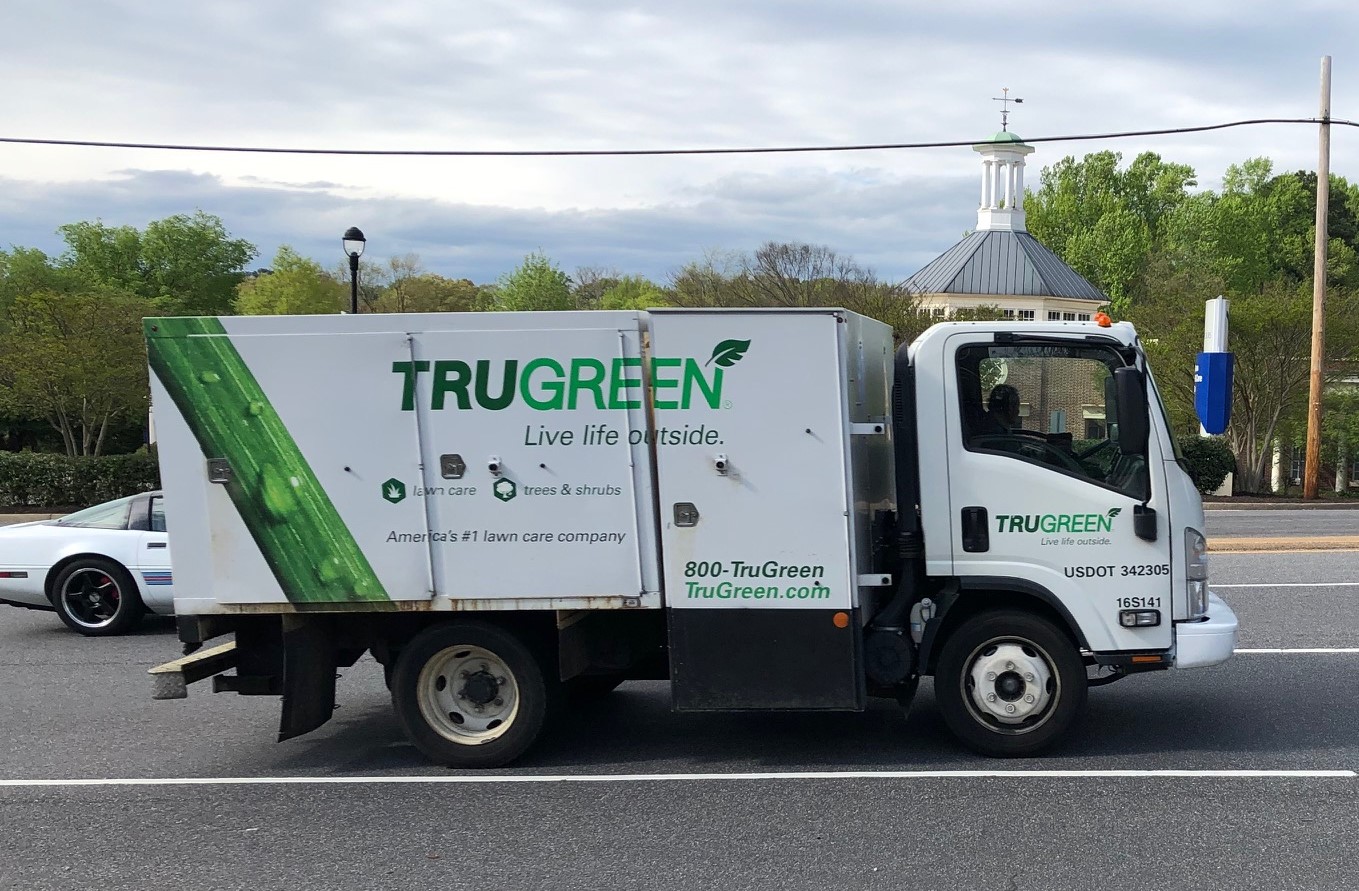

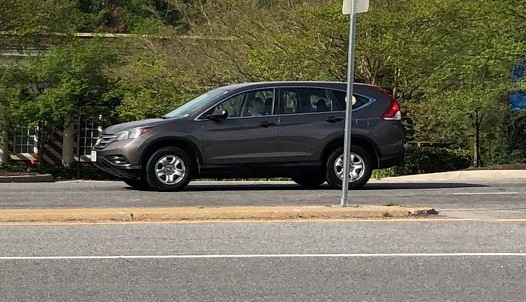

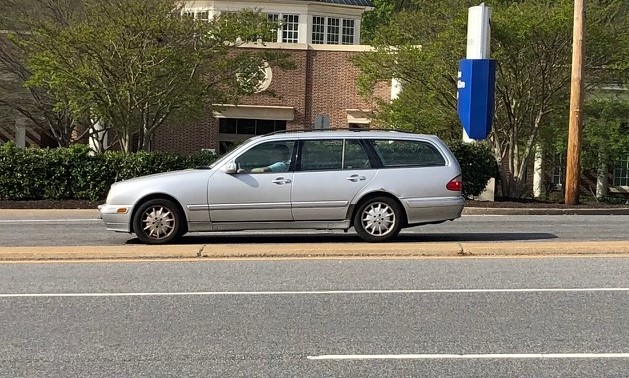

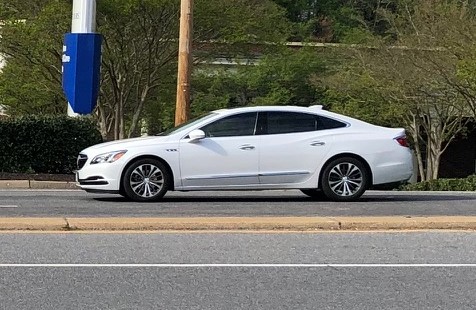
Based on these snapshots located at this particular location under these particular lighting conditions, we can suggest the skin color of the drivers in the far lane is sometimes — but not always — identifiable. The skin color of drivers in the near lane is never identifiable.
Would we get similar results on the Interstate? I don’t know.
Would we get similar results at night? I don’t know.
Would we get similar results for people driving with tinted windows? I don’t know.
Would we get similar results on U.S. 460 in a 35 mile-per-hour zone? I don’t know.
My point is this: There is a widespread presumption that policemen know the racial identity of motorists they pull over before they pull them over. While that may be true in some circumstances, it is demonstrably untrue in many other circumstances. In the 18 randomly photographed cars shown here, the racial identity of only three might have been detectable from the vantage point of a police car stationed on the side of the road when the officer looked up from his radar gun.
One can argue that police behave in a racist manner to black drivers after they have been pulled over. Perhaps cops are ruder, more belligerent and more unforgiving of black drivers they have stopped. That is an entirely separate issue, and one worth of examination. But the evidence presented here would suggest that policemen typically have no visible clue as to the racial identity of a driver on a highway or the interstate when they pull them.

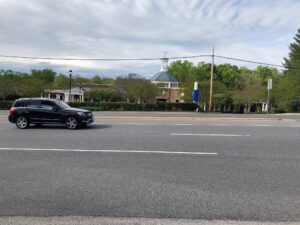
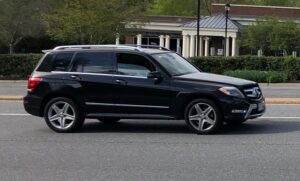
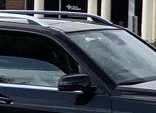
Leave a Reply
You must be logged in to post a comment.